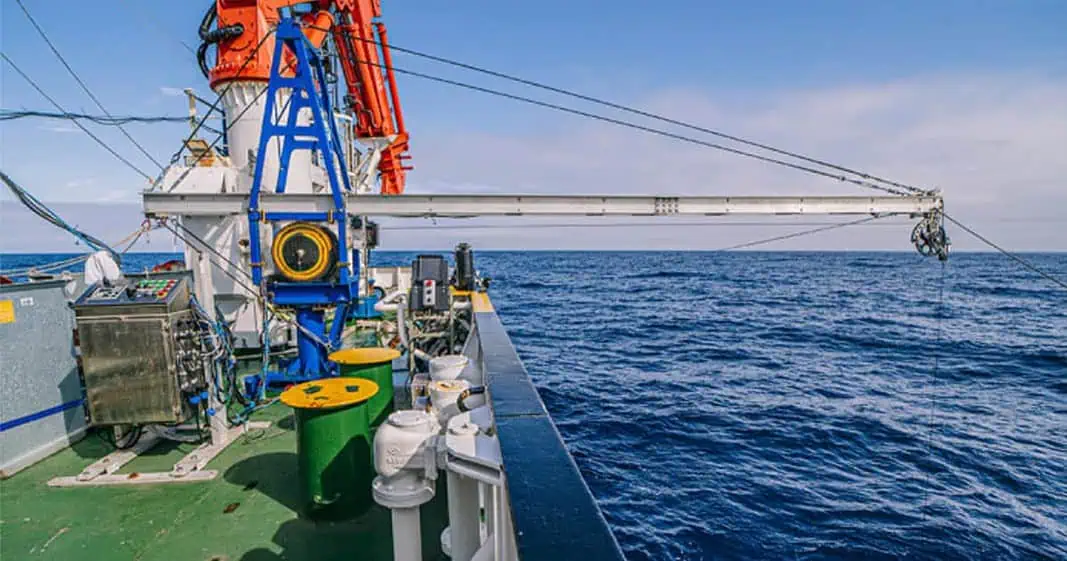Researchers from UC San Diego’s Scripps Institution of Oceanography, along with an international team, have successfully measured cold, deep water upwelling from a canyon in the Atlantic Ocean.
In a surprising set of results, the measured upwelling was 10,000 times the global average that was predicted by the late acclaimed oceanographer Walter Munk in the 1960s.
To measure the turbulent upwelling, the researchers used colored dye. They lowered a 55-gallon/208-liter drum filled with fluorescein to 10 meters/32.8 feet above the canyon sea floor. They then triggered the release of the dye and observed it on its ascent.
According to Scripps postdoctoral fellow Bethan Wynne-Cattanach, who led the study:
“We’ve observed upwelling that’s never been directly measured before. The rate of that upwelling is also really fast, which, along with measurements of downwelling elsewhere in the oceans, suggests there are hotspots of upwelling.”
While Matthew Alford, a professor of physical oceanography at Scripps and senior author of the study, added:
“We selected this canyon out of the roughly 9,500 we know of in the oceans because this spot is pretty unremarkable as deep-sea canyons go. The idea was for it to be as typical as possible to make our results more generalizable. We need to be doing more high-tech, high-resolution experiments like this one in key parts of the ocean to better understand the physical processes. We need to measure turbulence in as many different places as possible with autonomous instruments like the Argo floats.”

